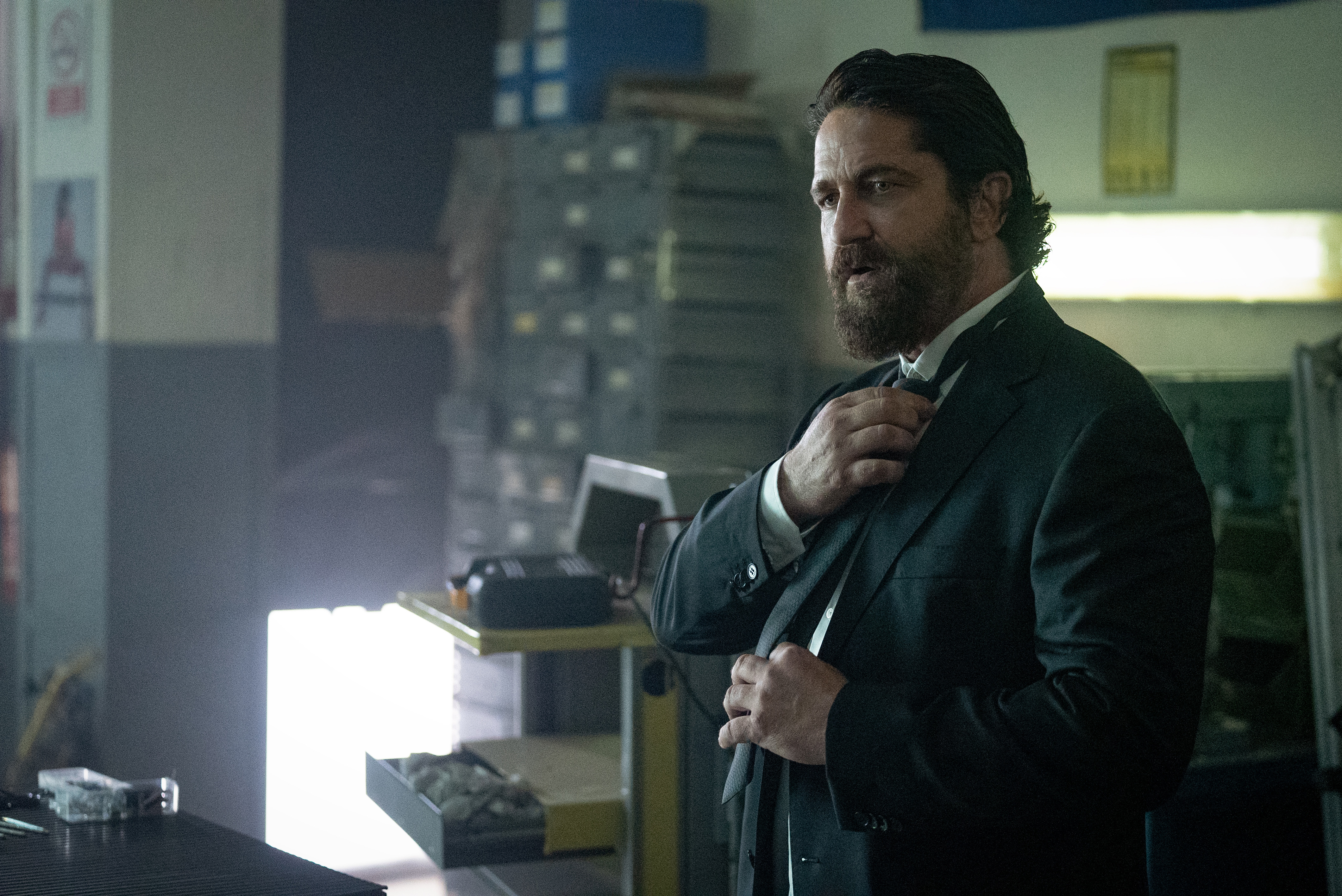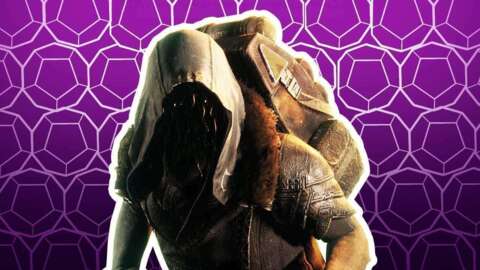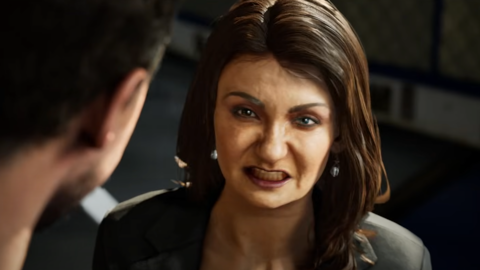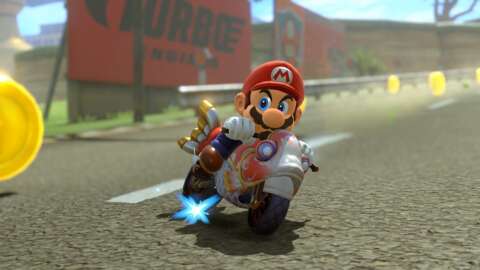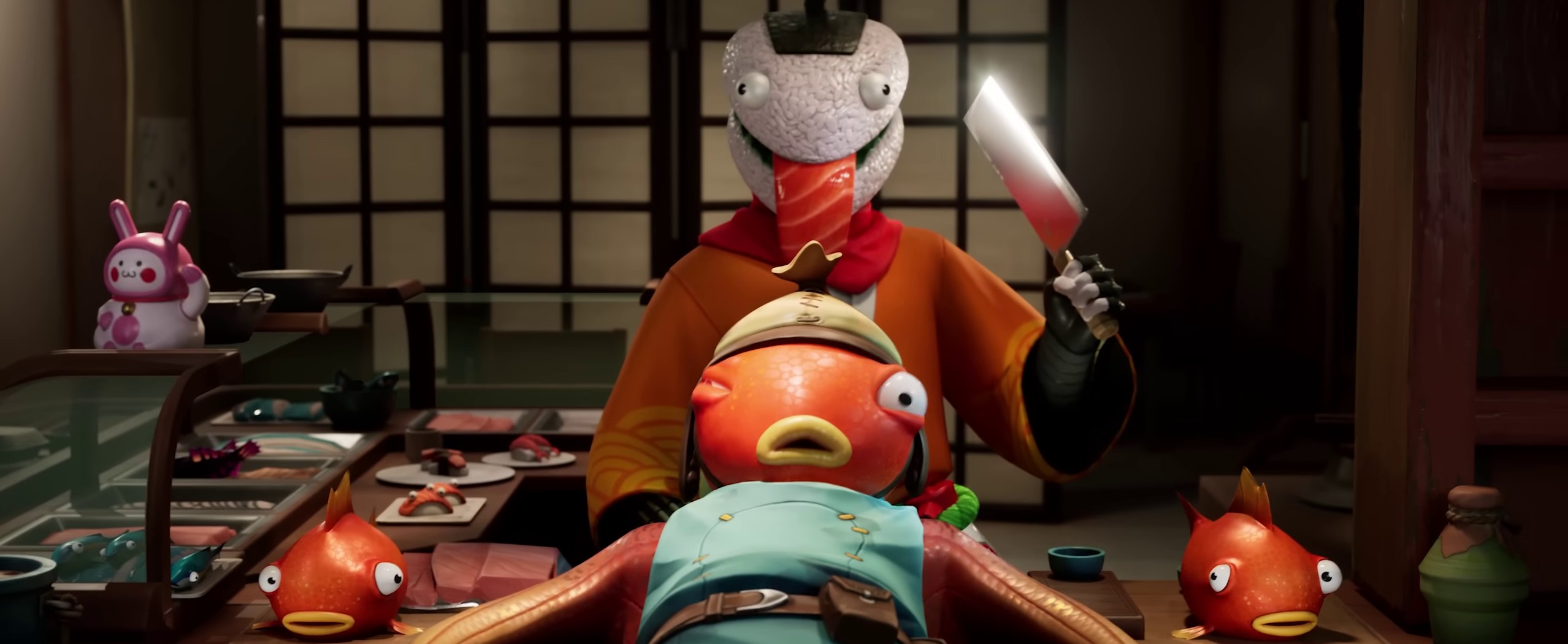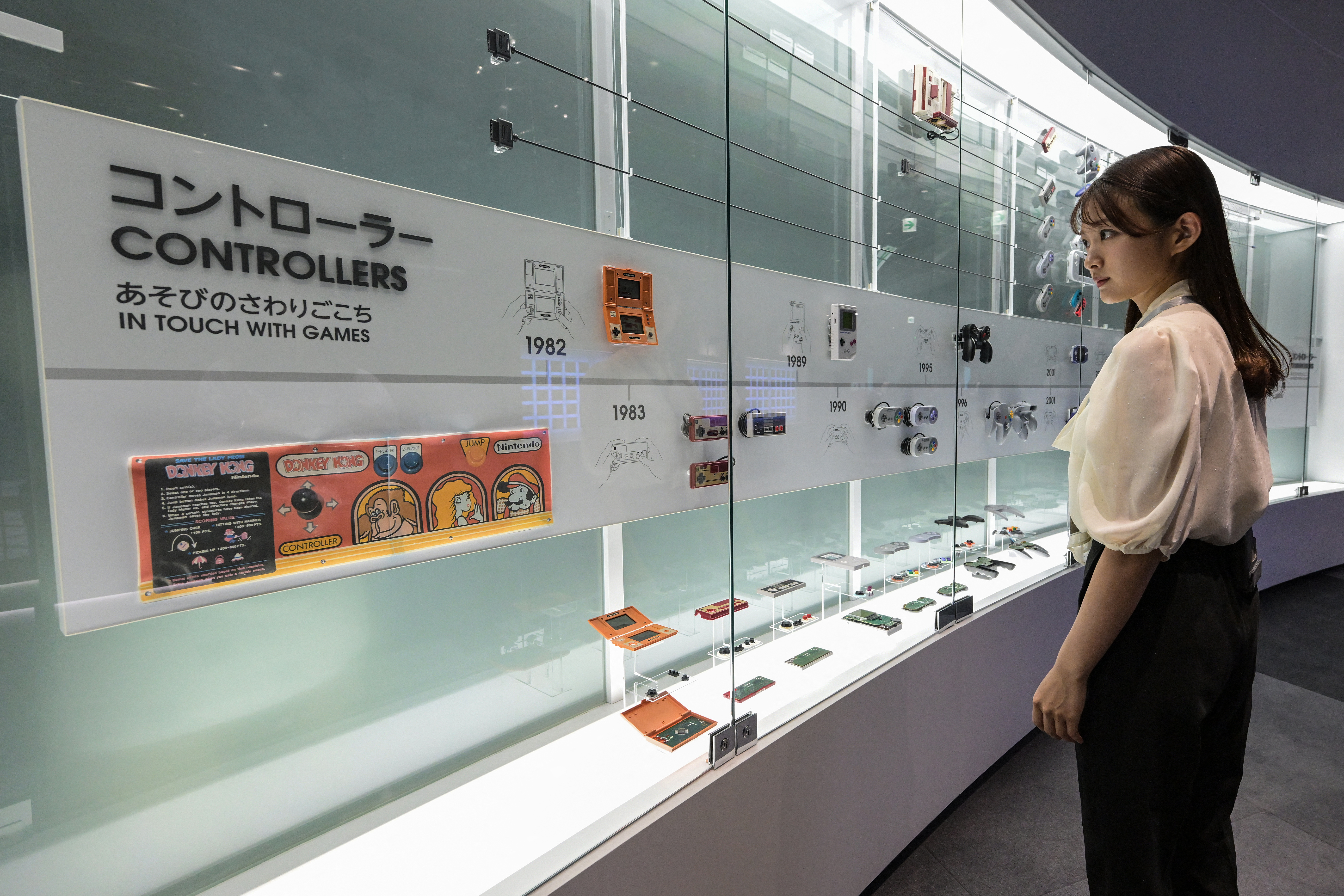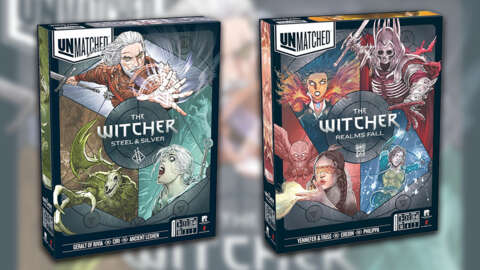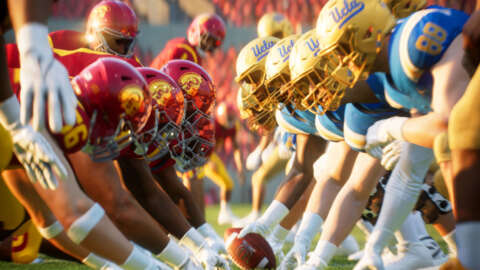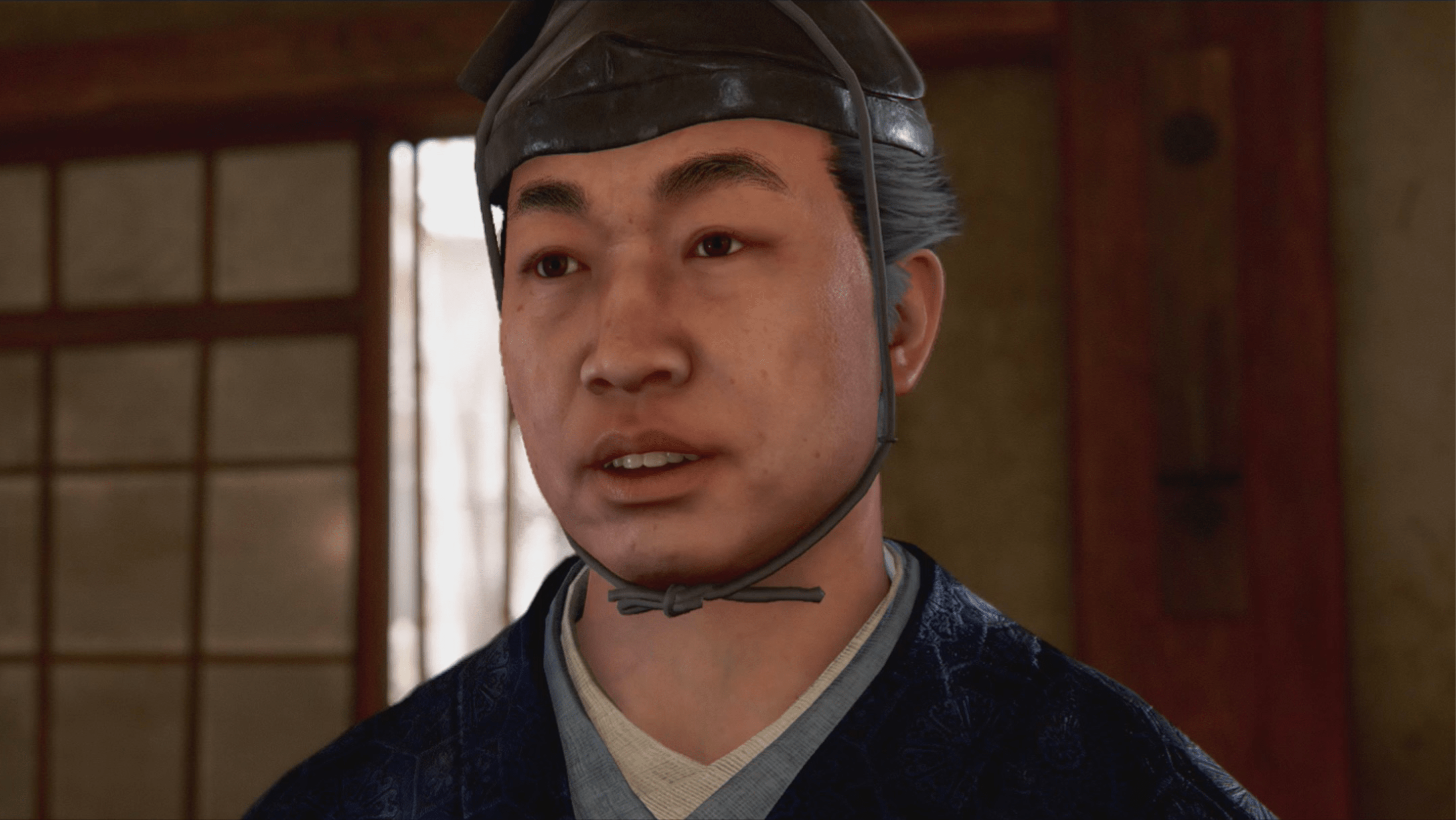
Creating a brand-new franchise in a world of IP adaptations is hard work. Just ask Christian Gudegast, writer-director of the Den of Thieves franchise. The first movie in the series broke out as a surprise hit in 2018, leading to a sequel now out in theaters. Den of Thieves 2: Pantera goes bigger and bolder, taking the action to Europe in a compelling thrill ride that delivers a tense final heist and what will surely be one of the standout car chase sequences of the year.
In the first part of Polygon’s interview with Gudegast, we spoke about that electric-car chase and how it all came together. In part two of our conversation, we discussed the success of the first movie, moving the action to Europe, and the hours and hours of research he poured into the real heist. Oh, and Den of Thieves 3, which Gudegast says he’s about to start writing, alongside many other planned projects. Buckle up, heist fans.
This interview has been edited for concision and clarity.
Polygon: How do you reflect on the first movie’s success? Were you expecting the response you got?
Christian Gudegast: You never know, right? It’s so hard to anticipate, especially now. Back then, to a degree, theatrical was becoming a little bit weird. Now it’s really weird. But we felt very good about the movie, so I’m very happy that it got the response that it did. We’re very happy to keep going and be building this franchise. That was always the plan from the beginning.
And developing anything from the ground up that is new IP, that’s not a Marvel comic or some ’70s TV show or a remake of some other film, is really, really hard to do. So we’re very proud of the fact that we’ve been able to do that. It’s not easy these days. There’s the John Wicks of the world, there’s Sicario, there’s us, and there’s really not much else. So we are proud of that fact.
This is a very different kind of heist movie than the first, especially with how the European setting affects the movie. How early in the process did you know you wanted to take this movie there?
From the beginning. I do tons and tons of research, and in researching Den 1, I had researched heists from all over the world. I knew that I wanted to go over to Europe — I spent a lot of time in Belgium, in France, and in the Balkan region, hanging out with both sides of the law — the law enforcement, the guys who investigated these heists, and also the thieves themselves. I did a real deep dive and spent a lot of months with all these guys. And on the law enforcement side, they opened up their case files and we went to the locations of the various heists, and they showed me how everything went down and what the thieves did, and stuff that wasn’t in the media. That was fascinating.

And then at the same time, I went to the Balkans, hung out with the thieves themselves, got to know them really well, was absolutely fascinated by them. They’ve all become very good friends of mine. A few of ’em worked on the film. I was actually equally impressed with both sides of the law. I discovered a whole ecosystem over there that the cops and criminals are all part of, like a business or entertainment or law or real estate — they’re all a part of a business, and they all know one another. They respect one another — or not, depending — but it’s interesting how closely intertwined their lives are, how well they know each other, how they sort of respect one another. And [Den of Thieves 2 is] sort of an exploration of all that. And also of course of [cop and criminal protagonists] Donnie [O’Shea Jackson Jr.], Nick [Gerard Butler], and their journey overseas.
That fits in neatly with the franchise’s character themes. And moving to Europe also means aesthetic changes, so that both movies fit their setting. The first movie feels somewhat indebted to movies like Heat — where were you pulling from for the sequel?
Michael Mann’s an amazing filmmaker — big inspiration for me. And there are some styles and similarities here and there [between Heat and Den of Thieves 1.] But the world that he inhabited is a fantasy world. It’s a stylized world of cops and robbers in Los Angeles, from the suits they wore to the restaurants they [patronized] to the cars they drove to the homes they lived in. That’s not the world of crime in LA.
So we did the real-world version of it. All the characters in Den 1 were based on people that I knew. And it’s set in the South Bay of LA in downtown, where all these guys live. Everything that was represented in that movie — what they wear, dress, walk, talk — was as authentic as can be. So I wanted to match that kind of rough[ness], almost like more of a To Live and Die in LA version of Los Angeles.
And then this one, stylistically, the influences are many. You blend them together. But if I had to point to a few, Ronin — I had the real privilege of working with [John] Frankenheimer before he passed away, may he rest in peace, and he was a sort of mentor of mine. It was an amazing experience. So Ronin was big, and my friend David Mamet wrote it.
And then the Gomorrah series, director Stefano Sollima, Gomorrah and Suburra. A little bit of Sexy Beast, and then really the French New Wave, all the Jean-Pierre Melville stuff like Le Cercle Rouge, Le Samouraï, [as well as Jules Dassin’s] Rififi. That was a really big, big influence. And then we wanted to capture a very Mediterranean [atmosphere] — if you were going to shoot a ’70s crime film, but today in the Mediterranean, what would it look like? That was kind of our thought process, and that was our mandate for the look and how we shot it. A lot of uncorrected light.
What do you think are the crucial elements of an interesting heist crew dynamic?
Tension, distrust, trust, humor. Really getting to know the characters as human beings, and understanding who does what and who does what well, and what their skill sets are, and why. And just the dynamic — to really understand how every person is necessary, and what they’re actually doing. It’s not just another dude there, doing whatever. They all have a specific task. [You have to know] what those tasks are, how they perform them, and then how they operate as a group.

And then just to understand the inner workings of the doing of the thing. How do they actually do it, the day of the heist? Who’s doing it? How do they do it? Those little specifics and details on the research phase were, to me, just so fucking fascinating. I mean, I love that stuff. And when you see it like, Wow, bam, that’s just brilliant. It’s just interesting if you take out the ethical component of it, it’s just the doing of the thing that’s really smart. It’s a combination of the low-tech and the high-tech that I found really interesting, that we all thought was cool. And that’s all real. Usually, the most high-tech things are defeated with the most low-tech of ways.
Something that stood out to me about the heist is the attention to detail of showing every step in the process. It’s easy to imagine how showing that could feel monotonous, but it doesn’t. What is your overall approach as a filmmaker to those kinds of very detailed scenes?
I think it starts with a script. If it’s thrilling on the page, you’re in a pretty good place. If it becomes boring, OK, that’s a problem. And it wasn’t. Then when you actually physically see it, we would get all the necessary tools and we would just do it, rehearse it, and look at it [to figure out] how would we shoot it? And then you cut it together and you bring the sound design.
What we wanted to do is have parallel action. So we’re constantly cutting around. We cut to the security kiosk. We cut to the concierge watching the football match at the bar. So we’re cutting the sound design — the room ambience of the spaces [is] constantly changing. So we go from the silence of the stealth of the thievery to the bar and it’s loud, or to the kiosk and the guys are laughing. And so it makes it more interesting and more dramatic. And then you can obviously accelerate the time, because all those are sort of hidden time cuts, so you’re kind of jumping through it more quickly than it actually would be in reality. So then you’re trimming the fat by virtue of how you’re cutting the movie. And then it just comes down to taste. We all thought it was fucking cool, and just kind of went with it.
What’s next for you? Is there more in the Thieves pipeline?
Yeah. So there’s Den of Thieves 3, which we’re scripting shortly. And there is Mafia X, which may go next. That is essentially, in the simplest terms, the Mafia versus ISIS.
And then there’s another project I’m developing with Gerard Butler called Empire. It’s a big ’90s action comedy. It’s almost like Die Hard meets Lethal Weapon meets The Rock or something. It’s a big, robust, old-school, very anti-woke, “make fun of everybody in the world” action-comedy that’s hilarious and fun as hell.
I’m also developing a CIA prison-breakout film that’s based on a true story, and a Viking epic that’s like Braveheart, called Berserker. And I have a pirate film, a 17th-century “pirates in the Indian Ocean” thing. That’s a big one we’re trying to mount with [producer] Lorenzo di Bonaventura called Black Flag. So several things, but Den 3 is in the pipe, and it’s going to be a whole new world and a whole new deal. It’s going to be totally, completely different.
Den of Thieves 2: Pantera is now playing in theaters. Den of Thieves is streaming on Max and rentable on Amazon Video, Fandango at Home, and other digital platforms.
Source:https://www.polygon.com/action/506218/den-of-thieves-3-sequel-christian-gudegast-future-movies-mafia-x